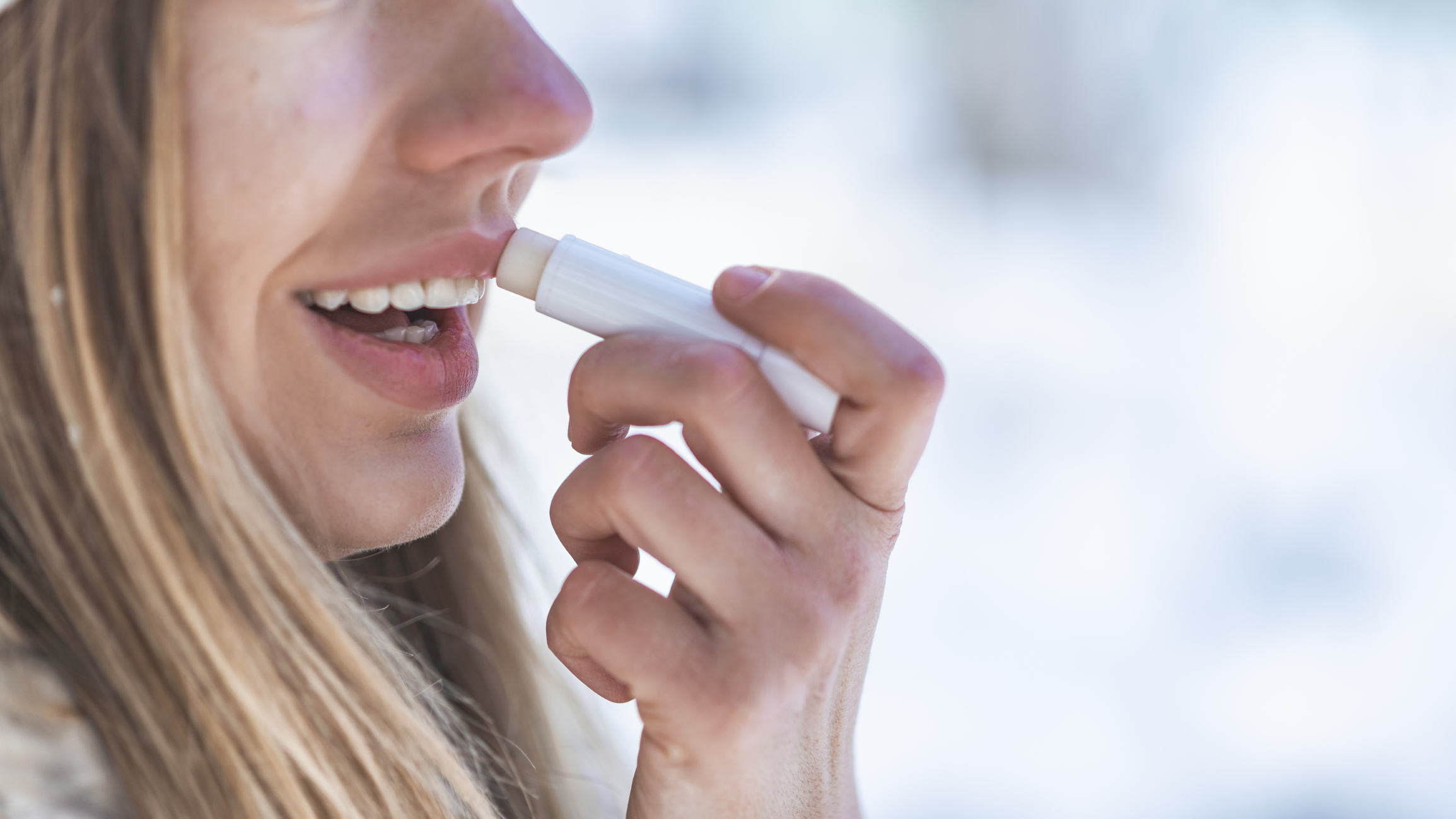Get Easy Health Digest™ in your inbox and don’t miss a thing when you subscribe today. Plus, get the free bonus report, Mother Nature’s Tips, Tricks and Remedies for Cholesterol, Blood Pressure & Blood Sugar as my way of saying welcome to the community!
Lip balm could help cut down on the spread of viruses

With COVID-19 still spreading across the country and the world, more and more cities are requiring the use of masks in public places. That’s because experts universally agree that the virus spreads through saliva particles that are blown out of an infected person’s mouth every time they sneeze, cough or even talk.
In other words, simply talking generates droplets that could be carrying the coronavirus. And that’s not all… according to the Centers for Disease Control and Prevention (CDC), flu spreads much the same way.
So, the theory behind wearing masks is to keep those droplets confined to the person who generated them in the first place.
However, masks simply aren’t 100 percent effective.
In fact, even N95 masks (if you can find them) are only 95 percent effective, with the protection provided by surgical masks, cloth masks, and gaiters dropping dramatically from there.
But what if there was an item you could pick up at any drugstore that could block that droplet formation to keep COVID from spreading so easily from person to person?
Sound too good to be true?
Not according to a new study…
Saliva film, filaments and droplets
That drugstore find that could be what nations across the world have been searching for — a way to keep the COVID-19 spread in check — is strangely enough simple lip balm.
That’s because a recently published study in the journal of the American Physical Society (APS) not only proved how droplet formation occurs but that coating the lips with balm has the power to interfere with that formation.
The researchers from the University of Montpellier, France and Princeton University shot a high-speed video of the mouth of a volunteer speaking various sounds. This led to the discovery that it’s the consonants in our speech, like “p,” “b” or “t” that are the real offenders, generating the most droplets when spoken.
Essentially when we pronounce a consonant, the team found that in addition to the sound itself, we generate a thin film of saliva in the gap between our lips.
While it’s not something easily visible since airflow causes it to quickly break, the filaments that are formed as the saliva stretches and then break is what leads to droplet expulsion.
Here’s where the lip balm comes in…
While that all sounds pretty gross and may make you think twice about standing too near someone using a lot of consonants, the team also found that those filaments and the droplets they produced could be halted by applying lip balm.
They were able to demonstrate that lip balm “destabilizes filament formation on the lips.”
And they found that in their test subject, the use of lip balm reduced the number of sprayed droplets by four times!
That’s right — four times fewer droplets are expelled just by wearing lip balm — something cheap and simple that we all probably have sitting in our bathroom drawer, in a purse, or hidden in our medicine cabinet.
Now, the team did have one warning…
They say while they believe that lip balm could offer a new way to help stop COVID spread for the average person, it might not work in the case of so-called super-spreaders. In fact, they say highly infectious people might actually have far more viscous saliva that makes droplet formation even more efficient and therefore dangerous.
But for now, using lip balm, while following CDC guidelines about masks and social distancing, has the potential to offer all of us an extra ounce of protection against virus spread. So pucker up and grab that lip balm!
Editor’s note: There are numerous safe and natural ways to decrease your risk of blood clots including the 25 cent vitamin, the nutrient that acts as a natural blood thinner and the powerful herb that helps clear plaque! To find out about these and more, click here to read your free report!
Sources:
How Speaking Creates Droplets That May Spread COVID-19 — APS Physics
Similarities and Differences between Flu and COVID-19 — Centers for Disease Control and Prevention












